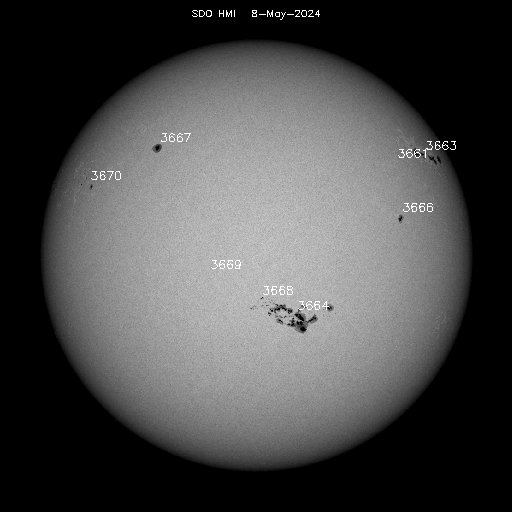A new stacked image of the
International Space Station transiting the Sun on 20 April 2013, illustrates the different scales in the solar system, as a bird coincidentally crossed the Sun just a second before the ISS.
 |
| ISS and bird transiting the Sun |
The apparent sizes (in the picture) of the objects Sun, ISS and bird are comparable, but their real sizes and distances are vastly different.
 |
| Sketches showing the geometry of the different objects (size/distance ratio exaggerated for illustration) |
Object [pixel size in image, angular size, real size, distance to camera]
--------------------------------------------------------
Sun [ 796 pix, 32 arcmin, ~1.400.000 km, 150.000.000 km]
ISS [ 16 pix, 39 arcsec, 109 m, 645 km]
Bird [ 22 pix, 53 arcsec, ~40cm, ~ ?? m]
From the boomerang shape of the bird, it can be identified as a
shift. Assuming a typical wingspan of ~20cm, the bird should have flown 86m away from the camera. Taking into account that the Sun was at 40deg elevation, the bird flight altitude could have been around 55 m.
Can we say something about how fast these objects were? Certainly. The ISS crossed the Sun in ~1.16sec, and the bird in ~1.04sec (images taken at 25fps). From these vales one can derive that, while it took around the same time for both objects to cross the Sun, the bird was flying at an apparent speed of ~7m/s (~25km/h), the ISS was flying at only ~5.4km/s.
To obtain the real speed, one should know in which direction the object was flying. While for the bird it is difficult to know, the ISS geometry is well known, and at that moment was at ~40deg elevation from the horizon. This yields a ~7km/s real speed for the ISS.
























